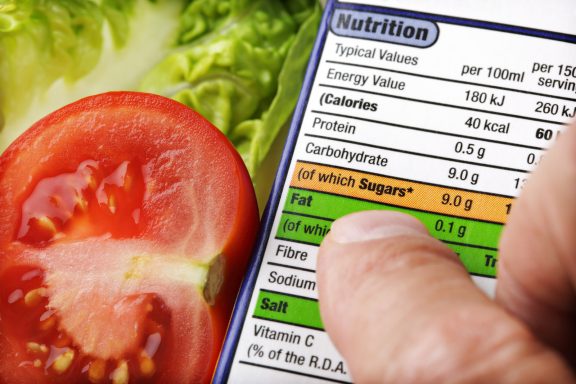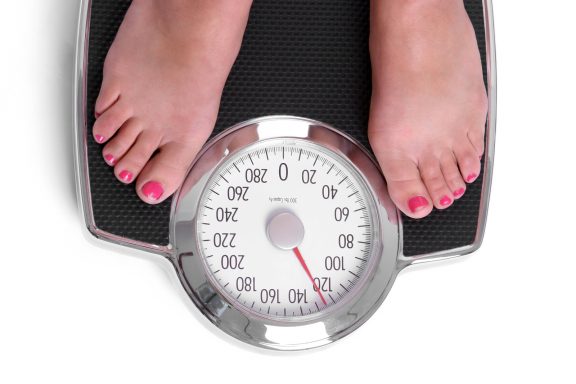Decreasing your portion sizes is one of the easiest strategies you can implement in managing your weight. There is compelling evidence that people will eat and drink more when presented with larger portions or when using larger sized tableware. This size effect suggests that reducing portions could reduce average daily calorie consumption. Studies have suggested that eliminating
larger portion sizes could reduce daily calorie consumption of UK adults by 12 – 16% and US adults by 22-29%.
When you’re preparing meals at home these tips will help you to reduce your portion sizes.
- Eat your meal from a smaller plate as this will discourage you from piling extra food on and eating more as a result.
- Eat slowly during your meal. It takes twenty minutes for the body to register that it’s full, so by taking your time you will ensure that you do not accidentally overeat.
- Measure portion sizes and put any leftovers away immediately after meals to prevent going back for seconds.
- Read the food labels on products to determine what constitutes a single serving size. Be sure to stick to this amount when consuming the product.
- Don’t go back for seconds after dinner and don’t leave platters of food on the table as this may encourage you to eat further.
- Separate leftovers into portion controlled amounts straight away. That way there will be no food around for seconds.
- Avoid eating foods directly out of the box or the container as this makes it very hard to keep track of the amount that you consume. If you find it difficult to stop eating something once you have started, try buying pre-prepared foods in smaller packages. If your favourite foods are not available in smaller packages, try dividing them up into a single serving size once you are home.
- Practice measuring foods to educate yourself on what an appropriate serving size looks like.




